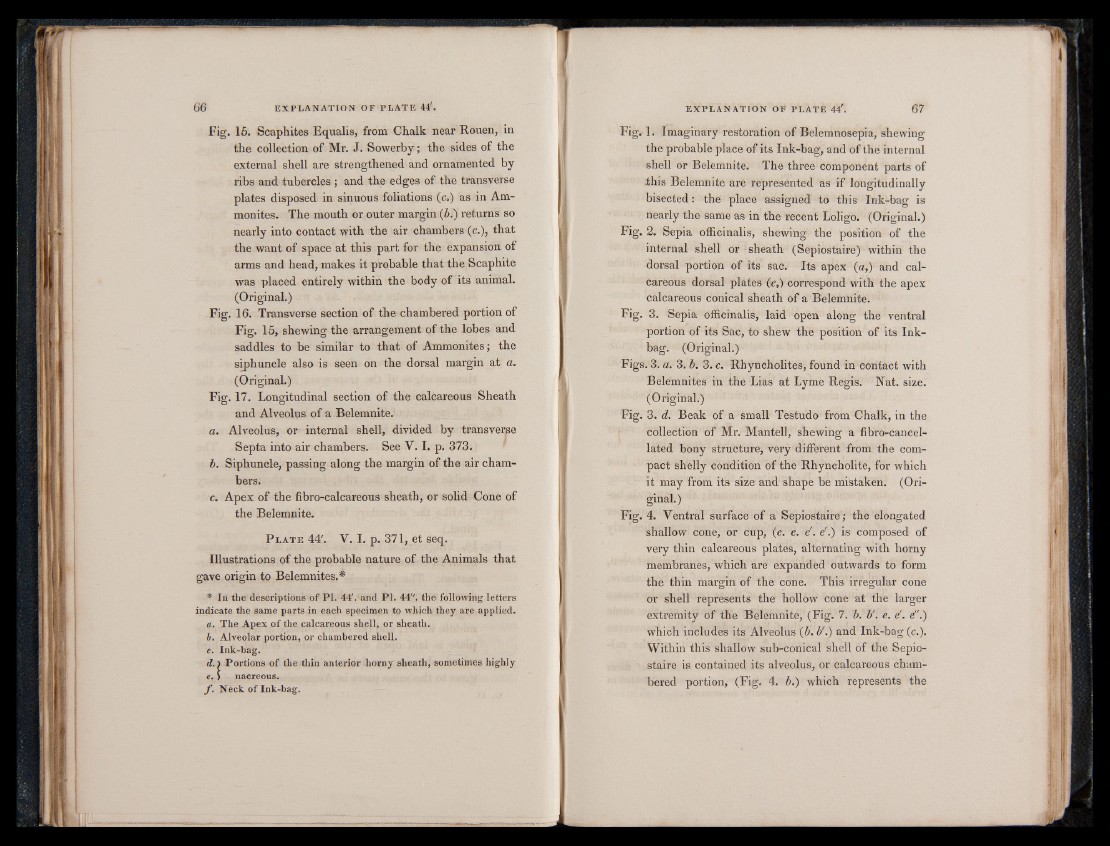
Fig. 15. Scaphites Equalis, from Chalk near Rouen, in
the collection of Mr. J. Sowerby; the sides of the
external shell are strengthened and ornamented by
ribs and tubercles ; and the edges of the transverse
plates disposed in sinuous foliations (c.) as in Ammonites.
The mouth or outer margin (5.) returns so
nearly into contact with the air chambers (c.), that
the want of space at this part for the expansion of
arms and head, makes it probable that the Scaphite
was placed entirely within the body of its animal.
(Original.)
Fig. 16. Transverse section of the chambered portion of
Fig. 15, shewing the arrangement of the lobes and
saddles to be similar to that of Ammonites; the
siphuncle also is seen on the dorsal margin at a.
(Original.)
Fig. 17. Longitudinal section of the calcareous Sheath
and Alveolus of a Belemnite.
a. Alveolus, or internal shell, divided by transverse
Septa into air chambers. See V. I. p. 373.
b. Siphuncle, passing along the margin of the air chambers.
c. Apex of the fibro-calcareous sheath, or solid Cone of
the Belemnite.
P late 44'. V. I. p. 371, et seq.
Illustrations of the probable nature of the Animals that
gave origin to Belemnites.*
* In the descriptions of P I. 44'. and PI. 44". the following letters
indicate the same parts in each specimen to which they are applied.
a. The Apex of the calcareous shell, or sheath.
b. Alveolar portion, or chambered shell.
c. Ink-bag.
d. > Portions of the thin anterior horny sheath, sometimes highly
e . » nacreous.
ƒ. Neck of Ink-bag.
Fig. 1. Imaginary restoration of Belemnosepia, shewing
the probable place of its Ink-bag, and of the internal
shell or Belemnite. The three component parts of
.this Belemnite are represented as if longitudinally
bisected: the place assigned to this Ink-bag is
nearly the same as in the recent Loligo. (Original.)
Fig. 2. Sepia officinalis, shewing the position of the
internal shell or sheath (Sepiostaire) within the
dorsal portion of its sac. Its apex (a,) and calcareous
dorsal plates (e,) correspond with the apex
calcareous conical sheath of a Belemnite.
Fig. 3. Sepia officinalis, laid open along the ventral
portion of its Sac, to shew the position of its Ink-
bag. (Original.)
Figs. 3. a. 3. b. 3. c. Rhyncholites, found in contact with
Belemnites in the Lias at Lyme Regis. Nat. size.
(Original.)
Fig. 3. d. Beak of a small Testudo from Chalk, in the
collection of Mr. Mantell, shewing a fibro-cancel-
lated bony structure, very different from the compact
shelly condition of the Rhyncholite, for which
it may from its size and shape be mistaken. (Original.)
Fig. 4. Ventral surface of a Sepiostaire ; the elongated
shallow cone, or cup, (e. e. e'. e'.) is composed of
very thin calcareous plates, alternating with horny
membranes, which are expanded outwards to form
the thin margin of the cone. This irregular cone
or shell represents the hollow cone at the larger
extremity of the Belemnite, (Fig. 7. b. b'. e. d. e".)
which includes its Alveolus (b. b'.) and Ink-bag (c.).
Within this shallow sub-conical shell of the Sepiostaire
is contained its alveolus, or calcareous chambered
portion, (Fig. 4. b.) which represents the